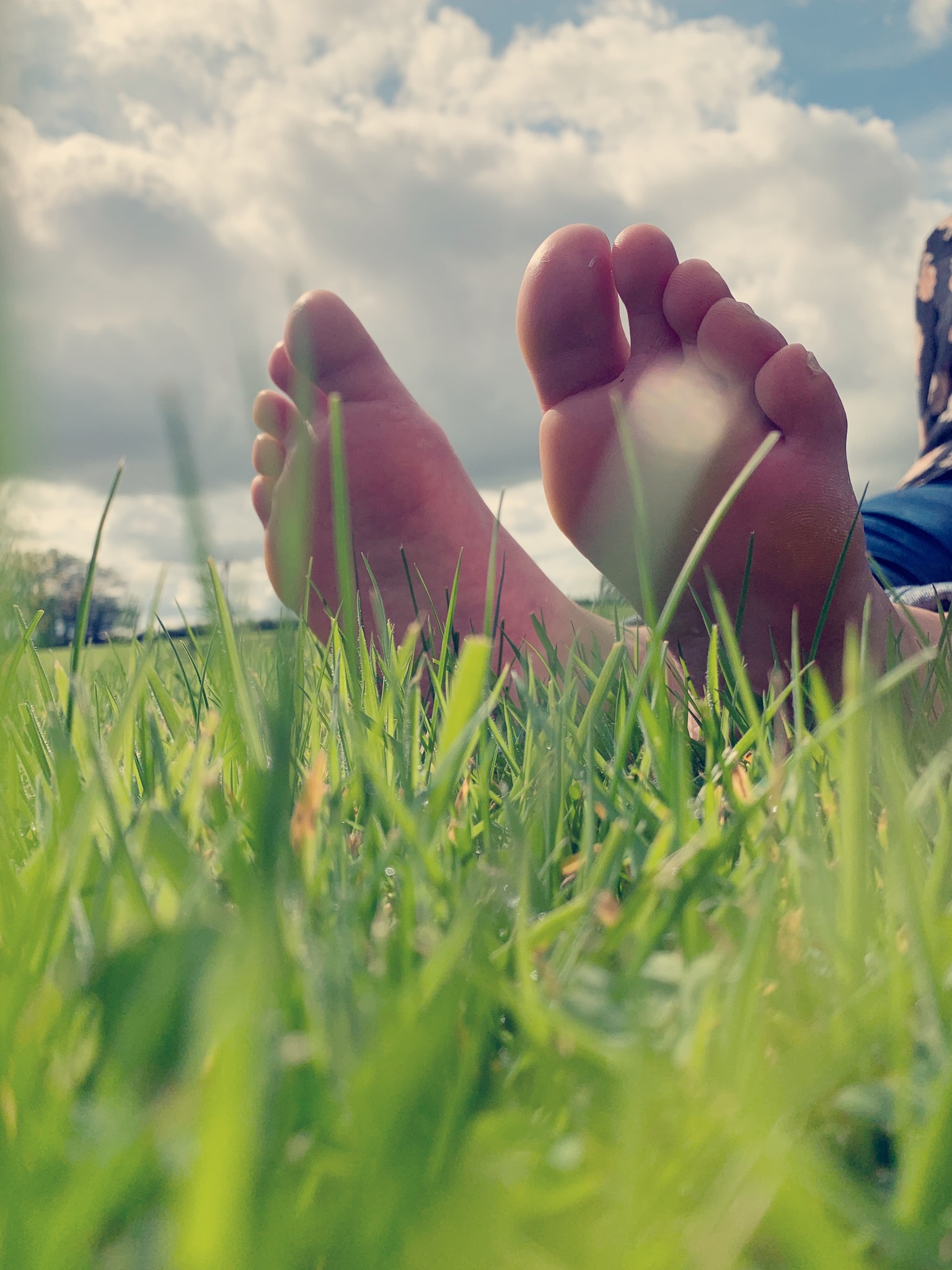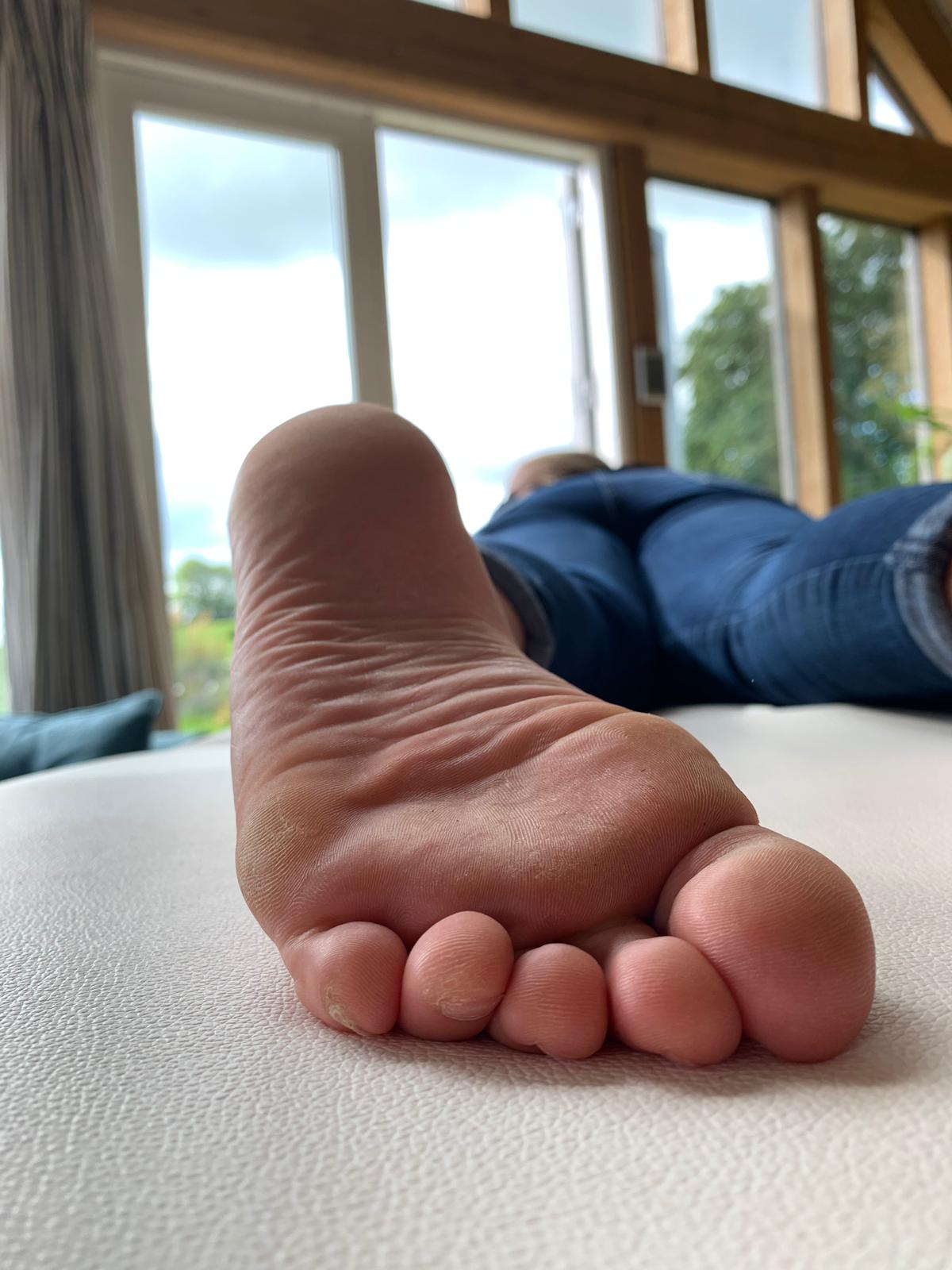Itchy feet? Going places?
Tinea pedis, more collqually referred to as Athletes Foot, is a skin infection of the feet or toes. This is caused by a group of fungi called dermatophytes. Typically they thrive within warm and moist environments such as bathrooms, swimming pool and gym changing rooms, socks and shoes meaning our feet are continually at risk as these too are frequently exposed to such areas. Athletes foot can occur on the soles of your feet but most commonly between your toes.
Due to the environment within which these dermatophytes thrive, yeasts and bacterias also like them too so a thorough assessment from South Devon Foot Clinic would be recommended prior to commencement of any treatment.
What is Athletes Foot (Tinea Pedis)?
Dermatophytes known as Trichophyton rubrum and, to a lesser extent, T. mentagrophytes var. interdigitale, which between them made up around 90% of fungal foot infections in the UK in 2005 lie dormant in environments as aforementioned, fungal spores are then contracted where they adhere to the stratum corneum, which is the top layer of the skin.
If the skin can provide the optimum environment, namely, moist and warm the spores shall germinate within 24 hours.
Whilst Tinea Pedis is rarely a threat to life, it can affect quality of life. Approximately 34% of the population are thought to be suffering from Tinea Pedis. There is evidence to suggest that those of us who reside in the Northern parts of Europe are more likely to suffer from Tinea Pedis due to the longer, damp winters where we enclose our feet for more months in the year than our counterparts in Southern Europe.
Clinical Presentation of Athletes Foot (Tinea Pedis)
In most cases, one or more the following symptoms can be present in those suffering with Athletes Foot:
- Itchy and burning toes and feet
- Scaly, very dry, cracked or peeling skin
- Fissures/splits and softening and whitening of the skin between the toes
- Cracking skin on the sole or heels
- Blisters
- Smelly feet
Treatment options for Athletes Foot (Tinea Pedis)
Always seek medical assistance in the diagnosis of Athletes Foot to ensure that the best course of treatment is undertaken.
There are various different topical treatments for Tinea Pedis which come in an array of applications such as creams, gels and sprays. Most of which are available over the counter at the pharmacy however, Helen Jones of South Devon Foot Clinic is licensed to carry, supply and sell such products in line with Health & Care Professions Council POM-s and POM-a annotations to the BSc Podiatry with Honors degree she carries.
Studies conducted conclude that topical allyalmine products containing terbinafine and miconazole and clotrimazole of the azole group of medications showed best results for treatment.
Should topical applications be ineffective or the presentation of fungal infection appear globally then a course of oral terbinafine products may be recommended. Mycology testing would be recommended prior to moving forward for their treatment option to ascertain exact presentation of pathogens. However this course of treatment would be managed with caution and would be dependent upon any pre-existing comorbidities.
Prevention is better than cure
Taking the following steps to prevent picking up Athletes foot is a good habit to adapt long term:
- Avoid walking barefoot in public changing rooms, showers and pools – wear flip-flops or sandals
- Always dry your feet carefully, especially between your toes
- Wear clean socks every day and change them if it’s hot or after playing sports
- Opt for cotton, silk or wool socks rather than synthetic ones
- Take your shoes off at home to let your feet ‘breathe’
- Wear sandals when you can
- Wash towels frequently and do not share them





